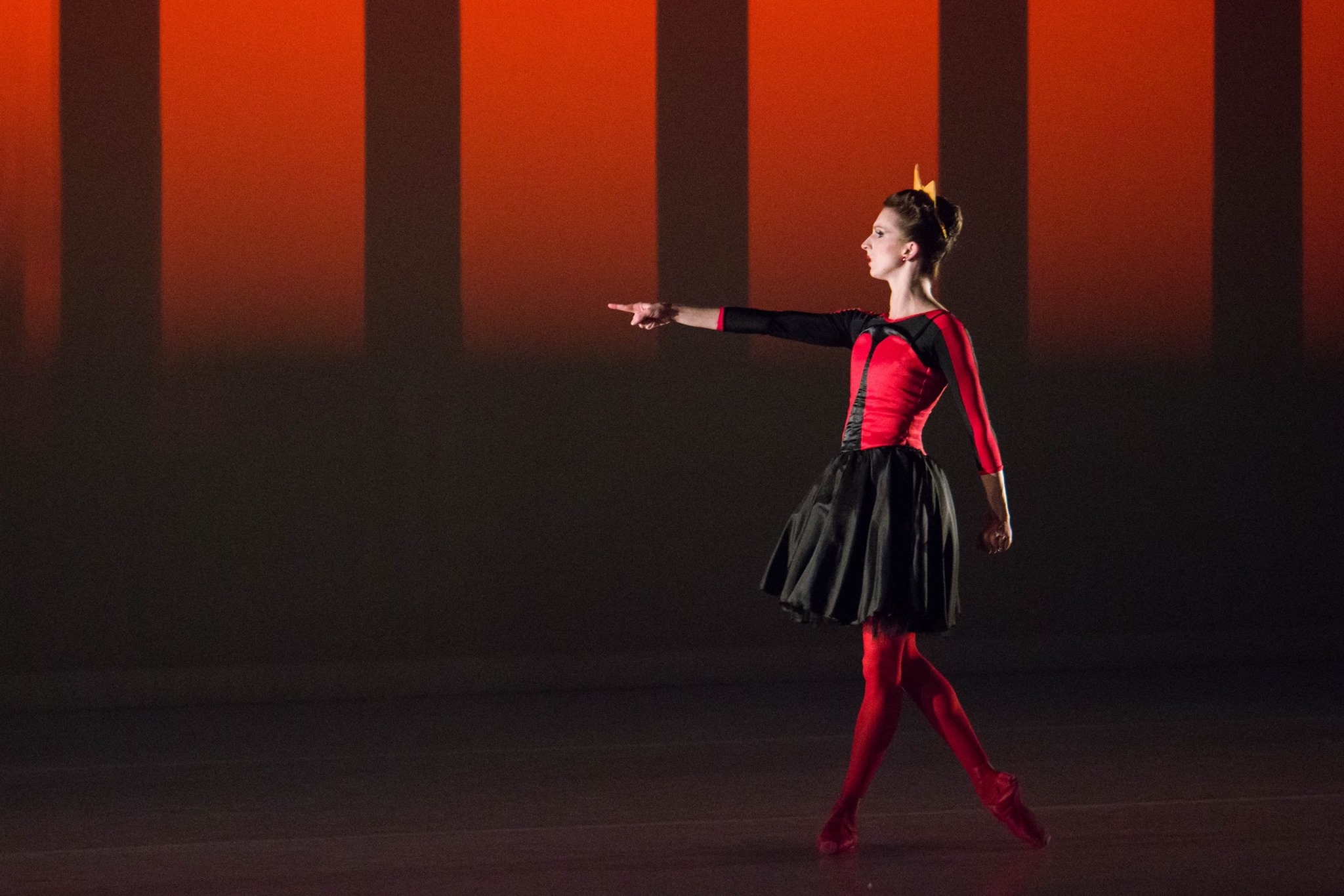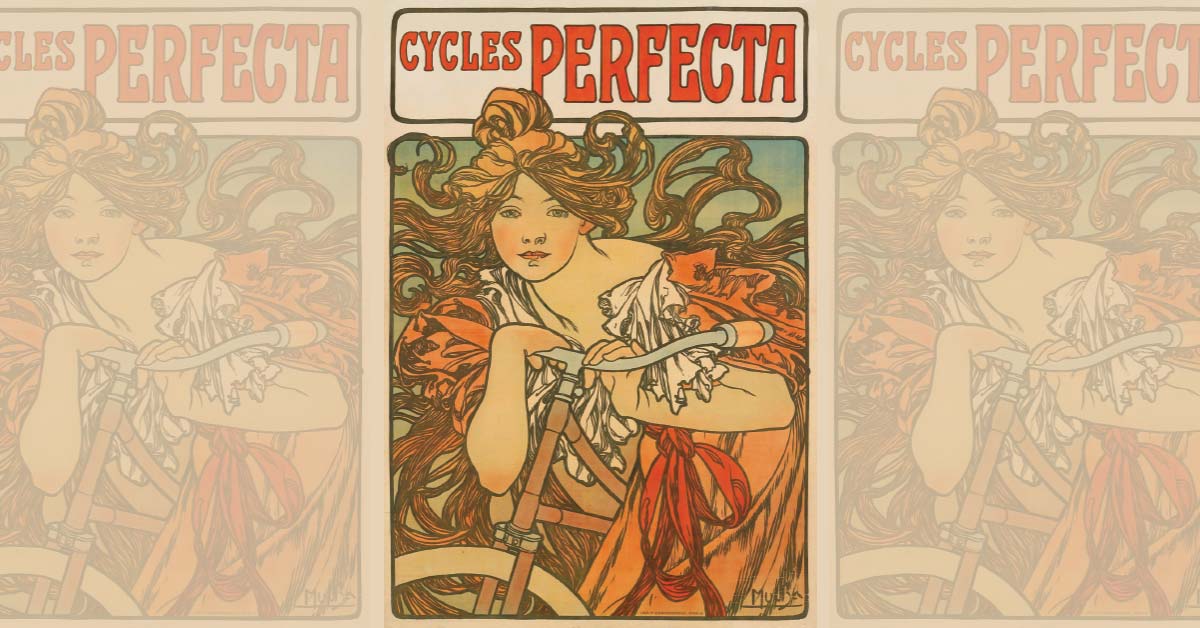“Imagination is the only weapon in the war against reality,” the Cheshire Cat purrs in “Alice in Wonderland.”
In today’s post postmodern cultural landscape of the information age, in which “alternative facts” litter our news and going “down the rabbit hole” is a central and daily metaphor in our individual and collective lives, there is perhaps no more appropriate story.
“Alice in Wonderland” is considered the greatest dream allegory of all time, and has proven to be great fodder for the likes of Walt Disney, Salvador Dali, and Souxsie and the Banshees, to name a few, as well as inspired nearly countless film, television, theater, graphic novels, music, painting, sculpture, and video game works of art. The beloved Victorian children’s tale that has been translated into at least 65 languages and has been brought to life in practically every possible art form in the 152 years since Lewis Carroll penned the original story.
Most notably in recent history, Tim Burton’s dark film adaptation (2010) starring Johnny Depp reinvigorated our interest in Alice, and in 2011, choreographer Christopher Wheeldon used the story to invent the Royal Ballet Company’s first full-length story ballet in 16 years.
But perhaps no collaborative effort more fully captures the surrealist and symbolic possibilities of this great work with such exquisite beauty and imagination than the Grand Rapids Ballet’s world premiere of “Alice in Wonderland,” the sixth original full-length work commissioned by Artistic Director Patricia Barker since she joined the company in 2010.
This concept is a collaboration between choreographer Brian Enos (former Hubbard Street dancer and current artistic director of The Big Muddy Dance Company in St. Louis), and visual artist and designer Luis Grane (a renaissance visual artist perhaps known best for his work in Hollywood for Dreamworks, Pixar, Disney, and others on animated feature films).
And under creative direction from Michael Auer, this performance capitalizes on the best of tradition and innovation, in an extraordinary marriage between the excellence of classical technique and the possibilities of new technologies, resulting in a transcendent experience for a positively rapt audience.
The deeply psychological, wildly dark and playful tale of Alice is made for dance. In the language of movement, Carroll’s wonderful word play and portmanteaus translate poetically through the human form in image and symbol alone. And yet in this production, those images and symbols are framed and enhanced by the extraordinary visual art in buoyant costumes, minimalist set pieces and 360-degree images projected on the white floor, cyclorama, and curtains.
In essence, with the exceptional talent of the Grand Rapids Ballet, set to a lively percussive new score by Brendan Vincent under direction from Brendan Hollins, Enos and Grane have made this classic children’s tale new again, in living color.
The story provides dramatic build and character development that creates real narrative arc while also making smart edits to the original book. This is no small feat.
It begins and ends with Alice, a sweet and girlish Cassidy Isaacson, dressed in a powder blue knee-length flowing dress with a high neck and white bodice and headband, reminiscent of the well-known title character from Disney’s 1951 animated feature. She, and Matt Wenckowski as a frenetic and magnetic White Rabbit, provide the throughline for the narrative and have wonderful pas de deux throughout.
Their presence, their seamless entrances and exits as well as motifs in movement create lightning quick transitions when paired with almost no set changes except shifts in projected images that smoothly shift from impressionist to modernist to abstract. There is never a lull, never a dull moment.
Especially memorable scenes include the delightful Mad Hatter’s tea party, featuring dancers as skillful at comedic acting as they are at dancing the tango; the slinky, jazzy, feline Cheshire Cat with removable cartoonish head lit by eight glowing cat heads made of paper lanterns; the green hookah-smoking caterpillar who transforms into a butterfly (followed by a dance of little girl butterflies whose professionalism and performance belie their prepubescent ages); and the magnificent, hilarious and appropriately-frightening Queen of Hearts croquet scene featuring a fully in-command Laura McQueen-Schultz, whose acrobatic somersaults, twists, and turns while being suspended and lifted are positively stunning.
And all of the aforementioned scenes are made all the more vivid by delightfully creative costumes, designed by Grane, and executed by Katie Behrens.
Grane’s colorful melting pastoral scenes, dripping hearts and clocks, and spinning corkscrew dots, as well as other geometrical patterns, are reminiscent of abstract artists such as Salvador Dali and Rene Magritte, among others. They also, at times, include key bits of text from the original story, such as “EAT ME” and “OFF WITH THEIR HEADS!” The sometimes static, sometimes moving images not only set the stage and provide for smooth transitions between scenes, they also, quite remarkably, almost never upstage the dancers, even while making for a consistently thrilling visual experience.
Such exquisite dancers they are, too. Not only the solo performers who are clearly at the top of their game with perfect technique and nary a misstep as well as terrific acting chops, the corps de ballet always create a gloriously full stage. They alternatively move as one — when the eight cards enter in boy shorts with top knots, there’s a reminiscent nod to La Bayadere’s Kingdom of Shades — and also embody their own characters when the story calls for it.
The choreography is rooted in classical ballet, rich with impressive lifts in pas de deux and pas de quatres as well as stunning solos with leaps and gorgeous arabesques. And yet Enos also creates with modern, jazz and latin movements and style, also allowing the company members to show how malleable and accomplished they are on top of such obviously strong classical technique.
Though there’s a nod to surrealist ballet a la William Forsythe, this work is primarily narrative in quality, and utterly accessible and delightful to adults and children, longtime ballet lovers and newbies alike.
With all of these extraordinary and quite literal moving parts, this ballet is fully integrated in such a way that the audience members go down the rabbit hole with Alice, and come out the other side transformed. It’s the best we can expect from a work of art, and this highly-evolved and gloriously wild ride of a collaborative work is a true masterpiece.
Alice in Wonderland
Grand Rapids Ballet
341 Ellsworth Ave. SW, Grand Rapids
April 28-30, May 5-7
grballet.com, (616) 454-4771





